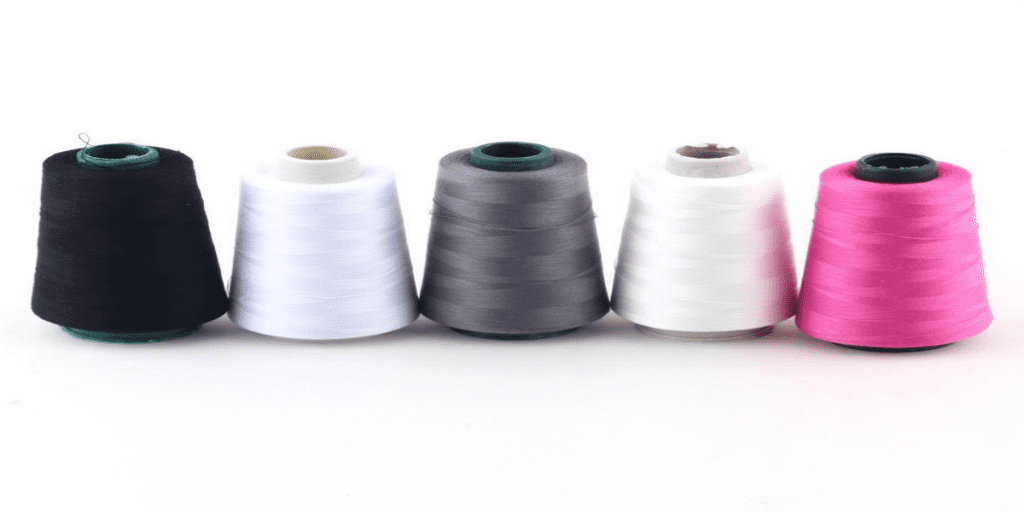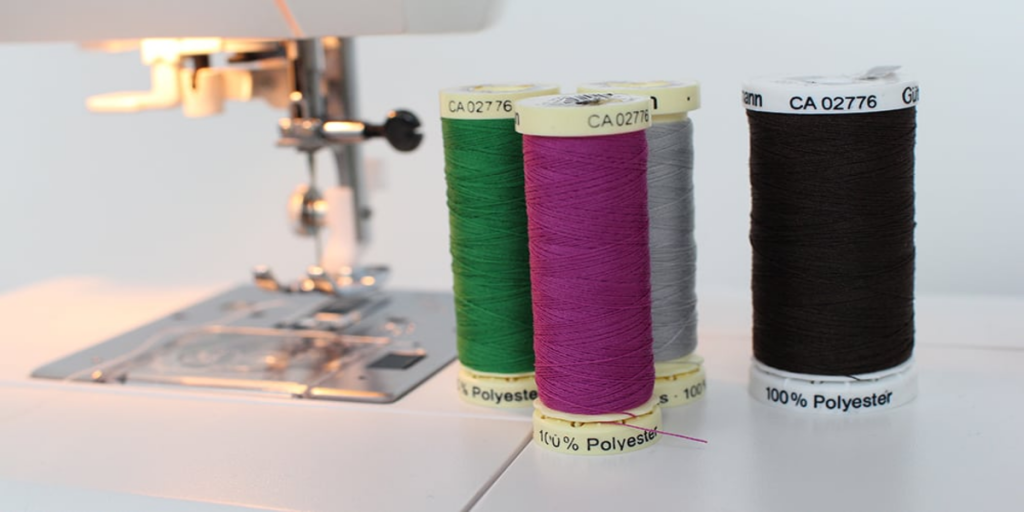You can bet that it is one of two things when you face trouble with your sewing machine: a needle or a thread. You know all the eye openings until you go through the needle when you thread a sewing machine beforehand.
This means your thread must be ready for the journey, but it also means that it touches a lot of your computer, and if your thread does not do its job well, there is plenty of space for error. One thing that really messes with the voltage discs is a loose fibre thread.
If you have a microscope (hey, some people take a look at the various threads in your sewing basket. You have to do so. Are you looking for a piece of stray hair on the side? Now imagine the thread that passes through your sewing machine and the new project fabric.
These loose fibres can be left behind in your system, rub your equipment like nobody’s business, and after they go they’ll leave behind a thinner, weaker thread. Many of the thread spools you feel like taking off the bins are hairy and loose even if you can not tell it with your naked eye (but typically you can).
You don’t want to be close-wound in all your lives, but that’s just what you want when we talk about the thread. It’s worth it in the long run if it means paying out a little extra cash. You can find various quality levels, from thread to thread, whether you are using cotton, silk or polyester threads. Go for good things. Go for good things.
Contents
Select the right sewing thread for the job

Now that (hopefully) I persuade you and your sewing machine that you and your company deserve the most, let’s discuss what kind of “most” you need for your project.
It is not normal for anyone to talk about weight, but you have to get personalised when it comes to thread. The thread is a number, like wool, and usually, the thicker the thread is the smaller the number. Often those numbers come to you in part, but don’t freak out – it doesn’t require any serious math.
The top number is the weight of the film, and the bottom indicates how many strands are spun. For instance, a 40/3 thread weighs 40, which is spun 3 strands for power. See you’ve learned it already.
Now let’s talk about the details of the thread
Giving Thread Quilting:
Do not be mistaken (because I certainly have been there.) This thread has a special cover that make hand sewing more convenient without the aid of a thread conditioner (never heard of a thread conditioner? This thread is great stuff for hand sewing. Click here for my favourite mark!). You can also see that the thread is labelled specifically for “quilting,” which means “hand quilting.”
believe me, you don’t want to use this waxed thread in your sewing machine – your machine will probably stop grinding, and the remaining wax will cover your gear, and you’ll hear CLUNK CLUNK noise.
During the hand quilting I hit the thread No. 8 for the DMC Pearl Cotton. Additional hand sewing brands and thread sizes are around 30wt. All would be too tiny and delicate than that and your stitches. You’ll also be quickly knotted and broken into the thread.
All-Purpose Piecing and Quilting Thread
For machine cutting and sewing, 40wt and up to 50wt are the favourite threads. If you want to think less about your thread and more about your pretty stash, buy 40wt for yourself. Thread and use it for any need you need to quilt. You’re going to be okay.
Thread Applied
You should stick to the classic 40wt, as I said earlier. Be happy and thread. Thread. But if you want the stitches to be as discreet as possible, consider 60wt. If you’ll stitch the appliqué bits. – 80wt. – 80wt. You might be in danger of a split, but for quilt, bit, application and broding, you can use 60 wt thread.
Cotton versus Polyester versus Silk – When
These three types of thread vary greatly, so that you can have all three at hand, depending on what sewing you want.
- Cotton Thread is both soft and strong. The lack of stretch in a cotton thread makes it ideal for quilting projects because it won’t lose its shape. Cotton also holds up under heat better than polyester thread, so if you’re a speed quilter who puts the pedal to the metal, cotton will hold up under the heat of fast friction.
- Polyester Thread has a little bit of stretch to it, so if you are planning to wear what you’re sewing, use polyester or nylon thread. Also, one major perk about the poly thread is that it sheds less lint than cotton.
- Pure Silk Thread is really pretty and really durable. Although it comes in a variety of weights, it’s very fine and elastic, so it’s great for things that are just as pretty as it is: like lingerie.
And Now… the Best Quality Sewing Thread According to Moi
Guttermann Thread
Aurifil: Aurifil is certainly one of the favourites with the exciting collaborations of designers who send us beautiful colour collections. This Italian Thread looks a little more fragile than the other ones I list, so before choosing between 50wt you may want to cut it a little. And 40wt. And 40wt. For your piecing. – For your piecing.
Back to the basics with a few common colours, a smooth, silk finish with its 100% cotton thread.
Mettler: This thread is renowned for its long, staples (therefore they are spun off from the mega-long strands of cotton) or tries the pure silk thread with the highest quality for a special project.
Gütermann: This is another brand that I know I can count on to walk without breaking down. Go with this polyester spool or stick your durable cheap cotton to low lint levels.
Coats & Clark: Many sewing crafters won’t visit their local Joann Fabrics but a “bonafide quilt store – and that is perfect because you will have great access to Joann’s even if you just have access to it. Coats & Clark: Come in with Clark and Coats. You probably heard of Coats & Clark, if you heard about the thread. I really like C & C because it’s inexpensive and the color I want can always be found.
I hope that this blog can help to detangle the big, often confusing thread universe. What are your favorites now that you know my go-to brands? Comment below!






